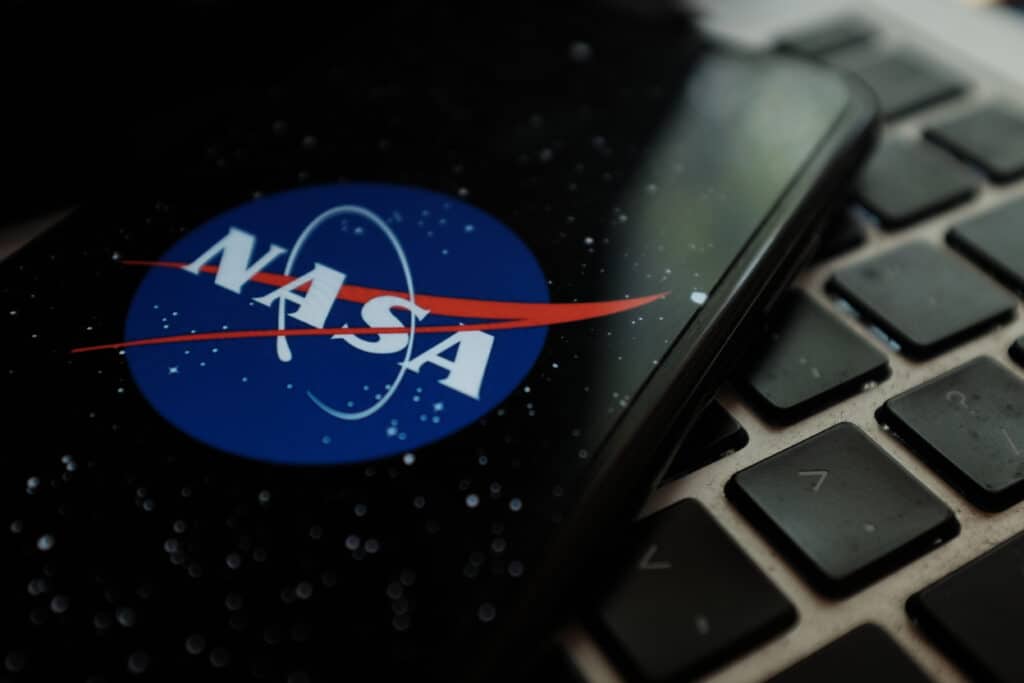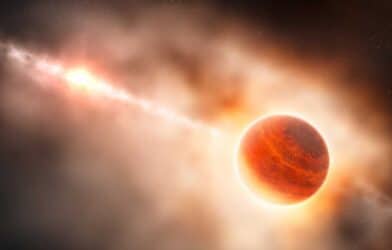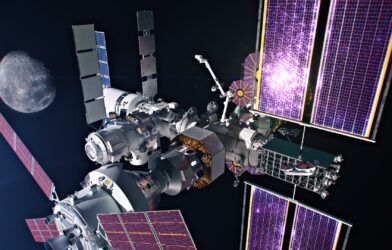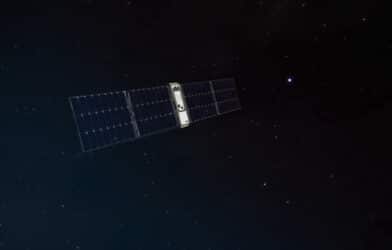Do you ever look up into the sky and wonder what are NASA’s James Webb and Hubble space telescopes looking at right now? NASA is giving amateur astronomers a chance to view what the telescopes are seeing in real-time as the space agency has launched an innovative web application called Space Telescope Live.
This digital tool, originally created in 2016 for Hubble and now expanded to include the James Webb Space Telescope, serves as a gateway for astronomy enthusiasts and the curious public to explore the universe in real-time.
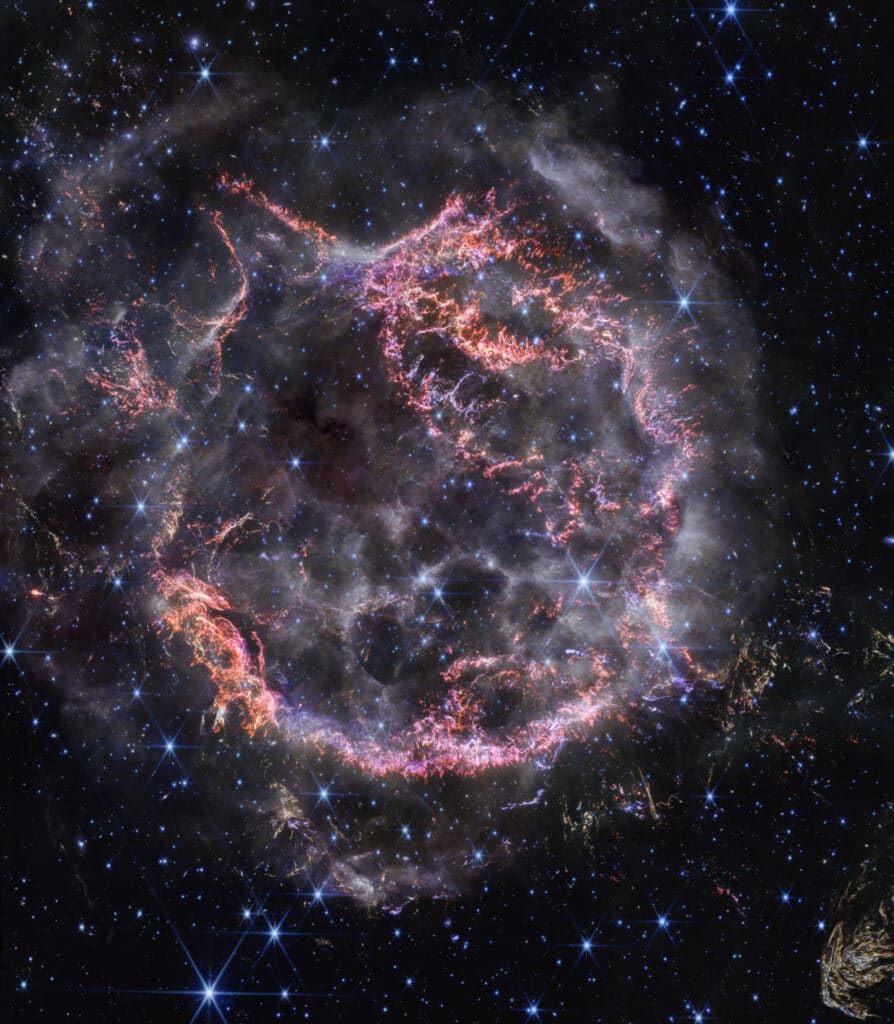
Designed and developed by the Space Telescope Science Institute in Baltimore, Space Telescope Live allows users to see exactly what these legendary observatories are observing at any given moment, according to a NASA media release. Whether it’s the birthplace of new stars within a dark pillar, galaxies in the midst of a cosmic collision, the atmospheric composition of a far-off exoplanet, or ancient galactic light bending across the cosmos, this platform brings the mysteries of space closer to home.
The application’s redesigned user interface and enhanced features provide detailed information about the observation’s location in the sky, the specific scientific instruments in use, the duration and scheduling of these observations, and the lead researchers behind each project. It aims to demystify the process of astronomical investigations, presenting intricate details like the name and coordinates of the target, the instruments being used, and the primary research questions in an accessible manner.
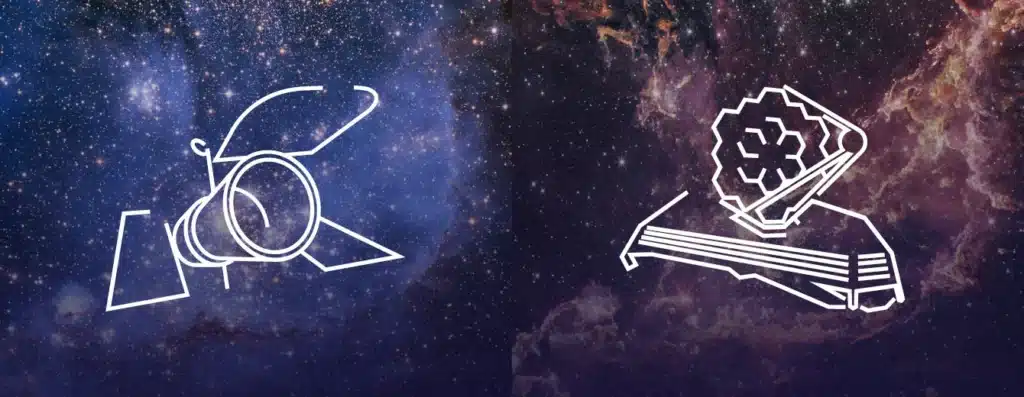
Space Telescope Live is linked to the Mikulski Archive for Space Telescopes, making it easy for users to delve not only into current day’s observations but also to explore the extensive catalog of past astronomical pursuits. The archive includes records from Webb’s initial commissioning in January 2022 and traces Hubble’s rich history back to its operational debut in May 1990.
To provide context for each observation, the application features a zoomable sky map centered on the target’s location, developed using the Aladin Sky Atlas and supplemented with imagery from ground-based telescopes. It’s important to note that due to the need for preliminary processing and analysis, real-time imagery from Hubble and Webb is not available through this tool.
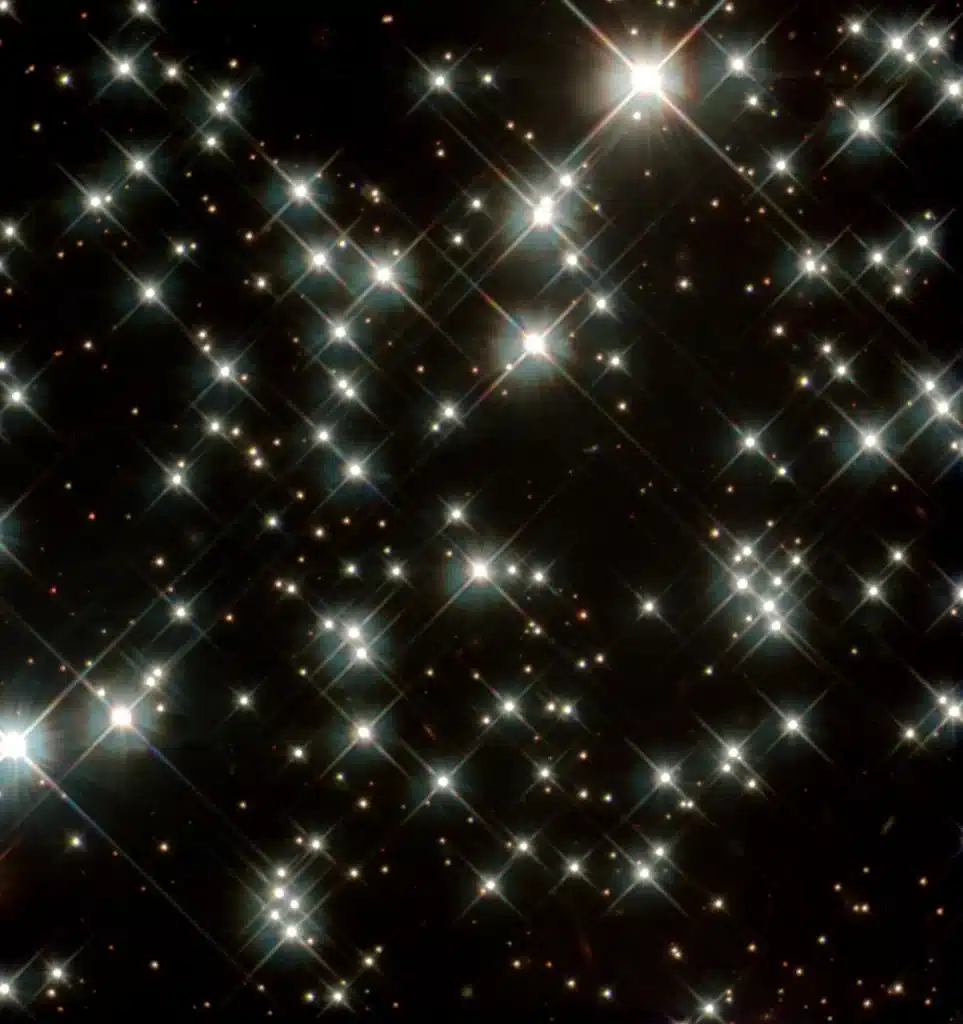
Space Telescope Live stands as a testament to NASA’s commitment to educational outreach and public engagement, making the wonders of the universe more accessible than ever before. It is compatible with both desktop and mobile devices, ensuring that anyone with an internet connection can embark on a cosmic journey from the comfort of their own home or while on the go.
The James Webb Space Telescope, celebrated as the world’s premier space science observatory, continues to unravel the universe’s mysteries, from our solar system’s secrets to the exploration of distant exoplanets and the probing of cosmic structures and origins. Similarly, the Hubble Space Telescope, with over three decades of operation, remains at the forefront of astronomical discovery, contributing to our fundamental understanding of the cosmos.
